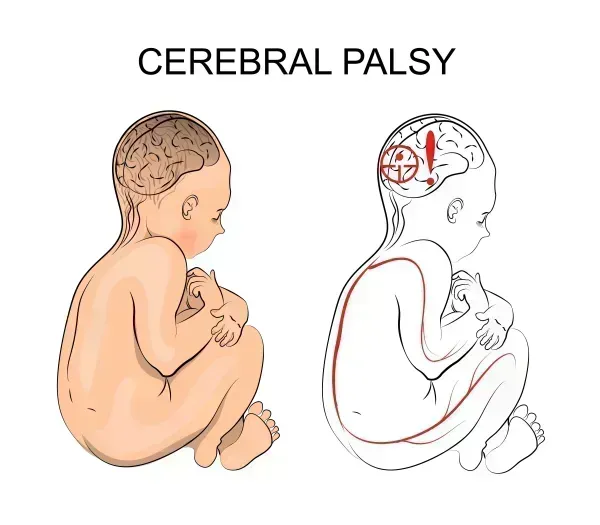Neurosurgery Coding Alert
Documentation Can Ease Chemodenervation Code Choice
CPT® has suggested conditions in descriptors, but they’re not required. When a patient needs chemodenervation at your practice, coding challenges are numerous — and can force you to cover a lot of ground. Why? There are several chemodenervations codes to choose from, and you’ll need to have your documentation in order to code successfully. Further, CPT® has inserted some potentially confusing language in the code descriptors regarding diagnoses as they relate to chemodenervation. A little guidance through these potential mine fields goes a long way. Check out this primer to shoot off chemodenervation claims quickly and accurately. CPT®-Listed Conditions Are not Proscriptive When your provider performs chemodenervation, you’ll choose from the following codes: CPT® codes 64612-64617 cover a wide set of conditions that may be treated through chemodenervation. “Chemodenervations are intramuscular injections of neurotoxins,” says Rachel Williams, COC, CPC, CRC, outpatient coding specialist in Cumming, Georgia. These codes have conditions listed in their descriptors indicating types of conditions that the code might cover: blepharospasm, chronic migraine, cervical dystonia, etc. These are not, however, the only conditions that these injections are designated for; they are merely suggestions as to the type of conditions that each chemodenervation code might cover. Use This Guide to Line Up Shots, Conditions As the above list indicates, these conditions could be represented with dozens of ICD-10 codes (perhaps more). The key to coding chemodenervations is getting the proper CPT® code for the proper condition. Do this: Look in your contracts, or contact your payer, for individual payer guidelines to determine what they consider medical necessity for 64612-64617. Then, when it comes time to code your chemodenervation, all you’ll have to do is check the 64612-64617 lists of covered diagnoses to see if your code combination is covered. Use Modifier 50 on Bilateral … Sometimes There will be times when your surgeon performs the same chemodenervation service on both sides for a patient. When this occurs, you should check the CPT® code descriptor for bilateral indications. Here is a rundown of the bilateral coding specifics for each chemodenervation code discussed: Look for These Additional Coding Opportunities When you’re reporting 64612-64617, injection of therapeutic medication (eg. anesthetics) are bundled into the CPT® codes, Williams confirms. There are, however, some instances in which you might be able to report drug supply codes separately. The non-oral drugs you might be able to report with chemodenervation services are: Also: “You may report electrical stimulation or needle electromyography [EMG] when used in conjunction with chemodenervation, as CPT® code descriptor and parenthetical notes permit,” Williams says. Those EMG add-on codes are: Do this: Before you report any additional services with 64612-64617, be sure to double-check your CPT® instructions to see if the code book confirms your coding. Also, check your contract or contact the payer to make sure their guidance allows for your coding.

Related Articles
Neurosurgery Coding Alert
- ICD-10 2023:
Concussion, Other Brain Injuries Get Big Code Bump
Remember, these codes take effect before 2023. The World Health Organization (WHO) has released its [...] - Surgery:
Back Up Corpectomy Coding With Anatomy/Approach Knowledge
Prep with research, as corpectomy comes with slew of codes. When your neurosurgeon performs corpectomy [...] - Injections:
Documentation Can Ease Chemodenervation Code Choice
CPT® has suggested conditions in descriptors, but they’re not required. When a patient needs chemodenervation [...] - You Be the Coder:
Surgery of Skull Base With Approach, Repair
Question: Encounter notes indicate that the surgeon performed the following procedures: Approach: Infratemporal pre-auricular approach, middle [...] - Reader Questions:
Use This Specific New Code for These Arrays
Question: When our provider implants a neurostimulator electrode array in the hypoglossal nerve using open technique, [...] - Reader Questions:
Mind (Notes) to Nail Cath Placement
Question: Encounter notes indicate the provider replaced a distal catheter in a cerebrospinal fluid shunt system. [...] - Reader Questions:
Check Synonyms to Find Migraine With Prodrome
Question: During a level-three office evaluation and management (E/M) service for a new patient, the provider [...]


.webp)

